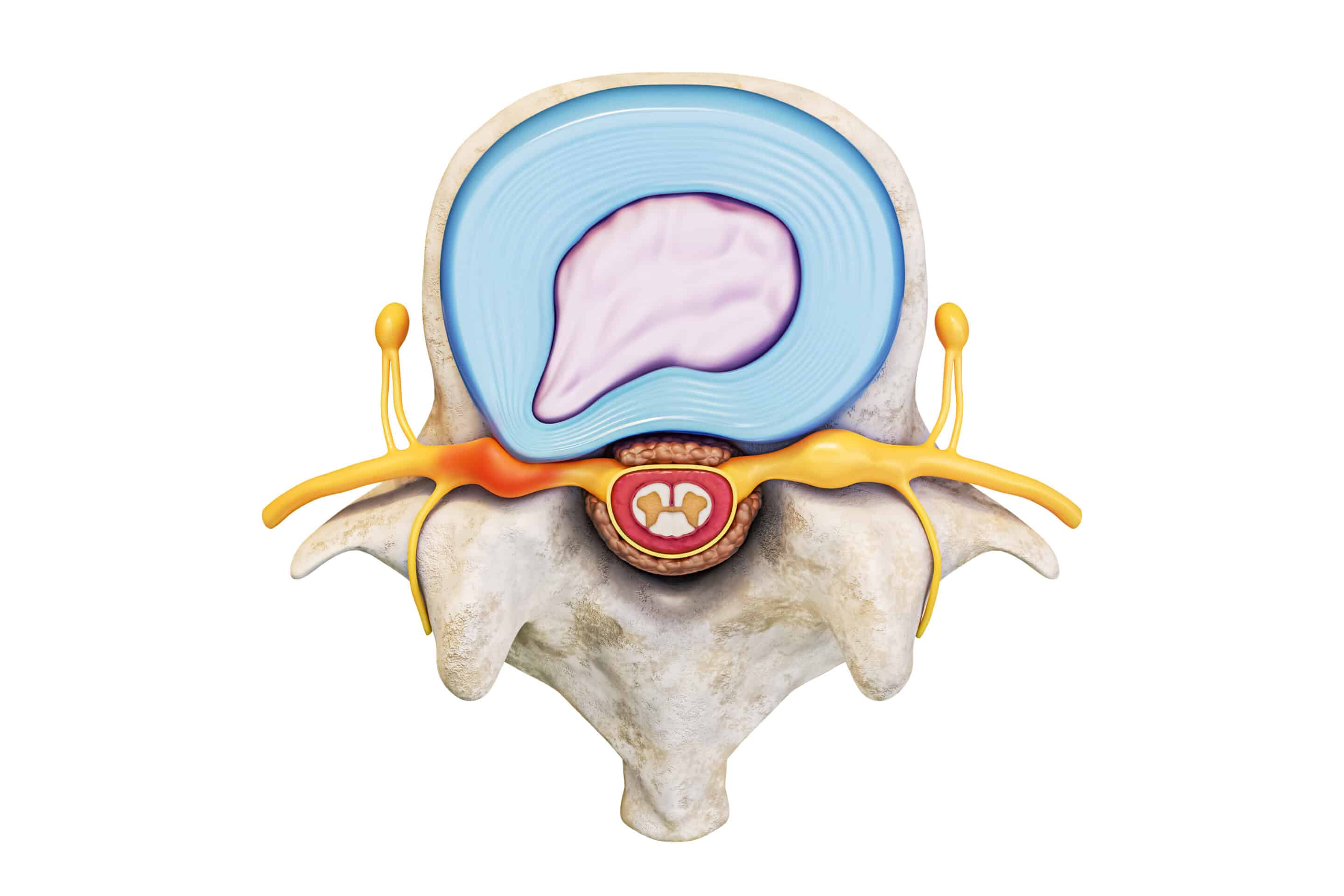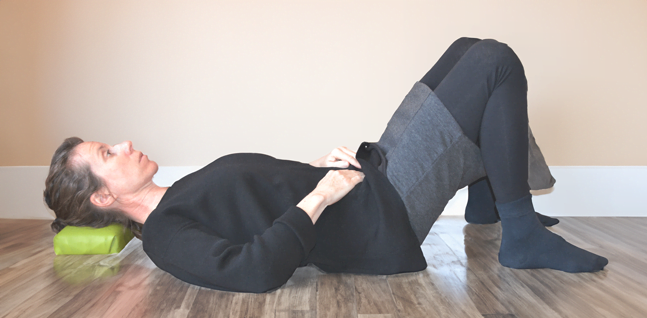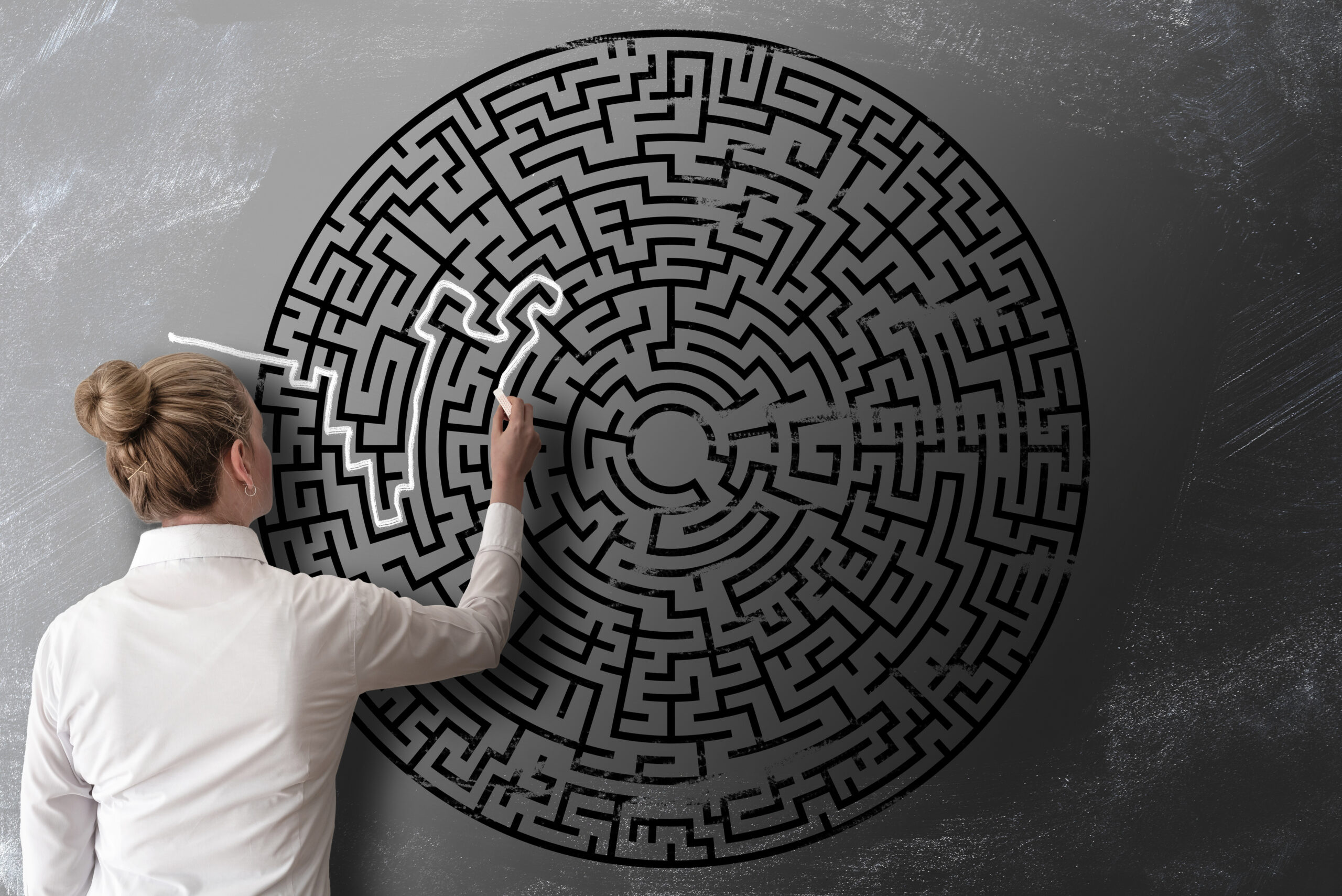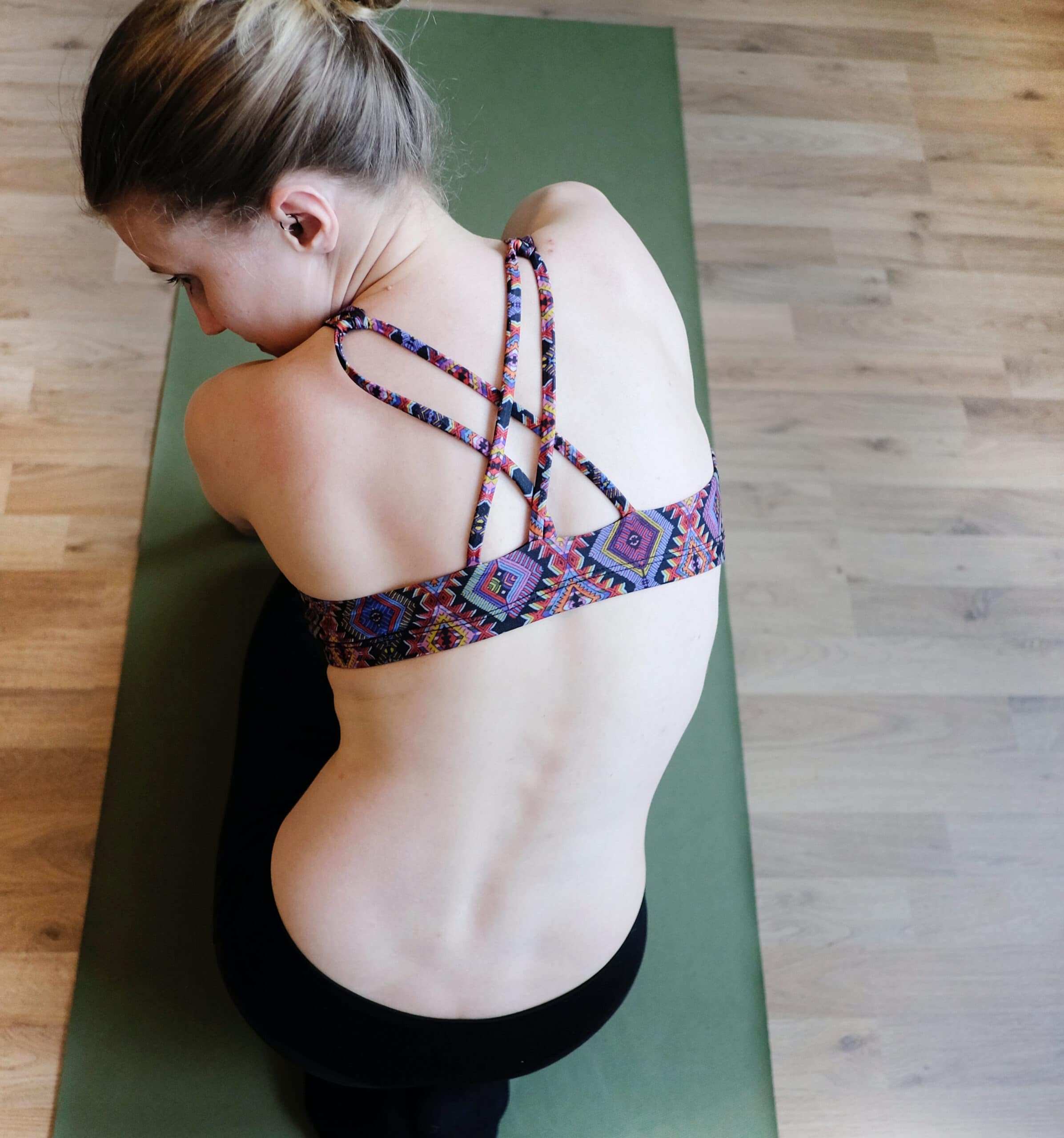Manage your herniated disc

Do you have a herniated disc?
It’s called a “slipped disc”, a ‘bulging disc” or a “herniated disc”. It means pretty much the same thing, you have damaged the tissue that connects one vertebrae to another in your spine. This can mean anything from minor aches to very intense, crippling and life endangering pain.
In this blog, I’ll provide you with some good quality, simple-to-understand information and some ideas for what you can do.
First-go to your doctor or medical practitioner.
I suggest this as a first move because there are some instances (generally rare) where a herniated disc can have very serious and extreme health consequences.
Medical practitioners can quickly tell the difference between serious spine related issues and the more common variety of injury that afflicts so many of us. Symptoms such as loss of movement, loss of bladder or bowel control should be attended to by a hospital urgently.
A herniated disc is not an insignificant health event. The problem is that there are no quick fix cures available. Surgery is extremely invasive and may not work. Cortisone washes give temporary pain relief but can not be used regularly because of their side effects.
What is a herniated disc?
Discs are the shock absorbers that sit between each vertebra in your spine bone. They are very strong and designed to bear large forces and load. Like all physical structures discs have a load limit. When the load placed on your disc is too great the structure of the disc can tear. The tear usually starts from the inside of the disc near the centre. The nucleus of the disc pushed out through the tear and as shown in the illustration it can bulge up against a nerve root. This can create pain at the spine, in the surrounding muscles or in areas of the body that are fed by the nerve.
Management
It’s important to treat the pain responsibly with prescribed pain killers, reduce the load bearing onto the injured disc and take time too allow the disc to heal itself.
Alexander Technique teaches you ways to reduce destructive pressure on the injured disc by bearing your body weight in a way that distributes the load evenly. It’s important to minimise bending in the torso without immobilising yourself. Alexander Technique can show you how to bend without further injury. Your Alexander Technique teacher will also demonstrate how active rest combined with Alexander Technique integrated movement can assist in calming the area of injury.
Alexander Technique isn’t therapy or cure-it’s education. The high quality information and instruction provided by your Alexander Technique teacher can be implemented for immediate relief and prevention of re-injury. Continuing to understand your movement through lessons in Alexander Technique allows you to accommodate your body’s natural healing. The area is permanenetly weakened by the torn disc tissue. This is why Alexander Technique instruction can be a crucial factor in educating you to manage the damage part so that it is not further compromised in your day to day activities.

Here’s a link to Judy Stern’s (AMSTAT-American Society for Alexander Technique) video on herniated discs, where she confers with a neurologist. Have a look.
What happens in a lesson?
Your Alexander Technique teacher will work with you gently. It may still be worth going to your lesson if you are having a bad pain day, but make sure that you inform your teacher.
If you are able to lie down the teacher may work with you on the table to release some of the pressure from the area. It is very gentle work. Otherwise the teacher will work with you seated or if that’s not possible they may work with you draped across the table or in standing.
It’s always difficult when you are in pain. In over thirty years of teaching I have had a number of occasions where I have witnessed the pupil reduce the level of their discomfort through a gentle and cautious application of Alexander skills.
It seems that the gentle awareness skills and guided instructions for movement, can impact on the afferent nervous system providing an interference to chronic pain messaging in some people. Each person’s experience of pain is unique and has numerous physical and psychological factors operating within a complex functionality.
A series of Alexander Technique lessons is one way that a pain sufferer can resource themselves and begin to manage their issue in a way that doesn’t invasive treatment techniques.
-

Alexander Technique and Posture
Achieve Better Posture with the Alexander Technique Who wouldn't like great posture? After all posture reflects who we are, our mood, our...
-

Backsaver | use a Backsaver cushion for a comfortable semi-supine
The semi-supine is a procedure that is recommended by Alexander Technique teachers around the world. It involves lying on a firm surface, having the...
-

Chronic Pain-using Alexander Technique to manage pain conditions
Alexander Technique for chronic pain The Alexander Technique is an educational method, not a health-care intervention. Alexander teachers do not...
-

Best self-improvement-Constructive Conscious Control of the Individual
The best self-improvement for your well-being is Constructive Conscious Control In the realm of self-improvement and personal growth, one concept...
-

Five things you can do to improve your breathing and vocal control
Five things you can do to improve your breathing and vocal control Struggling for a deep easy breath? Find that you are chronically coughing?...
-

Manage your herniated disc
It’s called a “slipped disc”, a ‘bulging disc” or a “herniated disc”. It means pretty much the same...
-

Yoga and semi-supine
In yoga it’s called “savasana”. In Alexander Technique it’s called “semi supine” or “constructive...
-

Sciatica self-regulation with Alexander Technique.
Alexander lessons can assist you to manage sciatica. Sciatic pain happens when inappropriate pressure comes onto the sciatic nerve. The causes can...
-

Use your hip joints to avoid back pain
Did you know that the most common type of back pain, suffered by people, is lower back pain? If you have lower back pain, it's a red flag that...
-

What is the Alexander Technique semi-supine position?
This person is doing an Alexander Technique procedure called the 'semi-supine'. Some people call this the 'Rescue Position'. It's called the Rescue...
-

The Alexander Approach
The Alexander approach to human functioning. The Alexander approach to teaching provides you with the opportunity for making choice within your...
-

Alexander Technique for Back Pain.
If you have pains in your back, legs arms and neck that won’t go away, you are not alone. Over 4 million people in Australia or (16% of the...
-

Alexander Technique and scoliosis
Alexander Technique is an invaluable tool for anyone who suffers from scoliosis. Conventional treatment involves the sufferer wearing a brace....
-

Is Alexander Technique Quackery?
Is Alexander Technique Quackery?If you are developing an interest in Alexander Technique, it's good to gather information and understand what it is...
-

Does Alexander Technique help back pain?
Chronic back pain can be effectively managed by employing Alexander Technique skills. Pain sufferers not only experienced reduction in pain days but...














